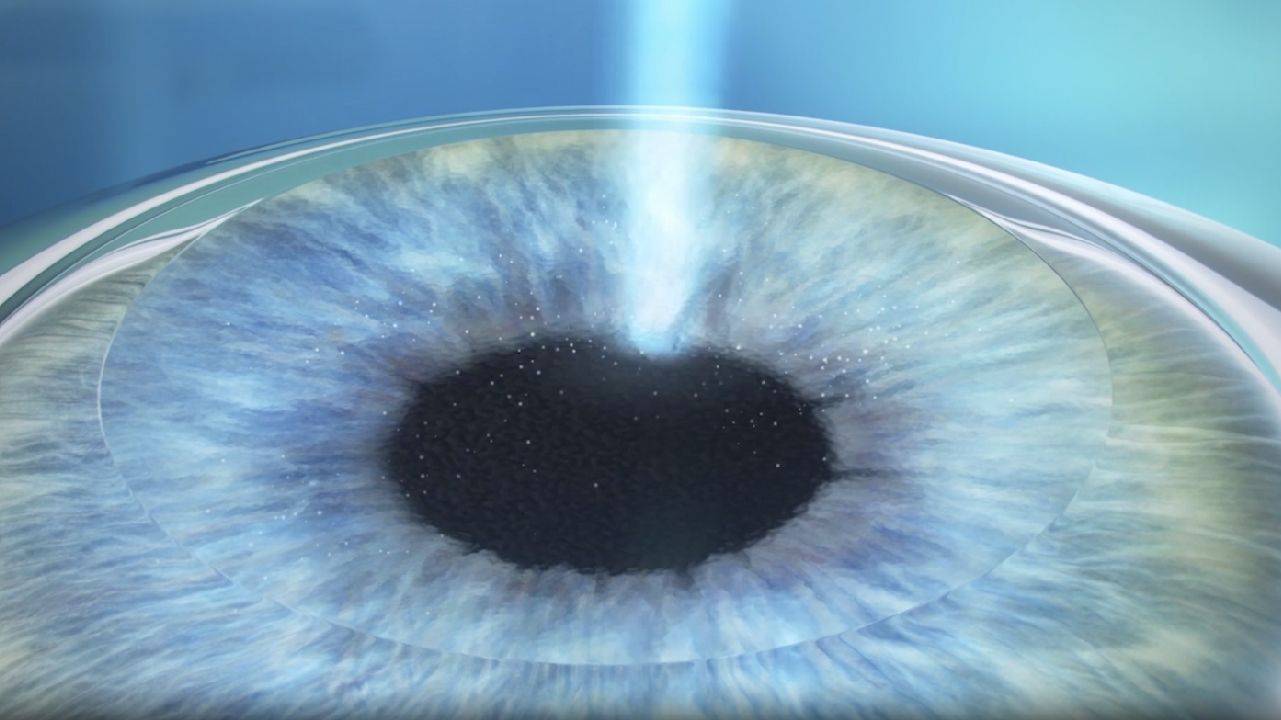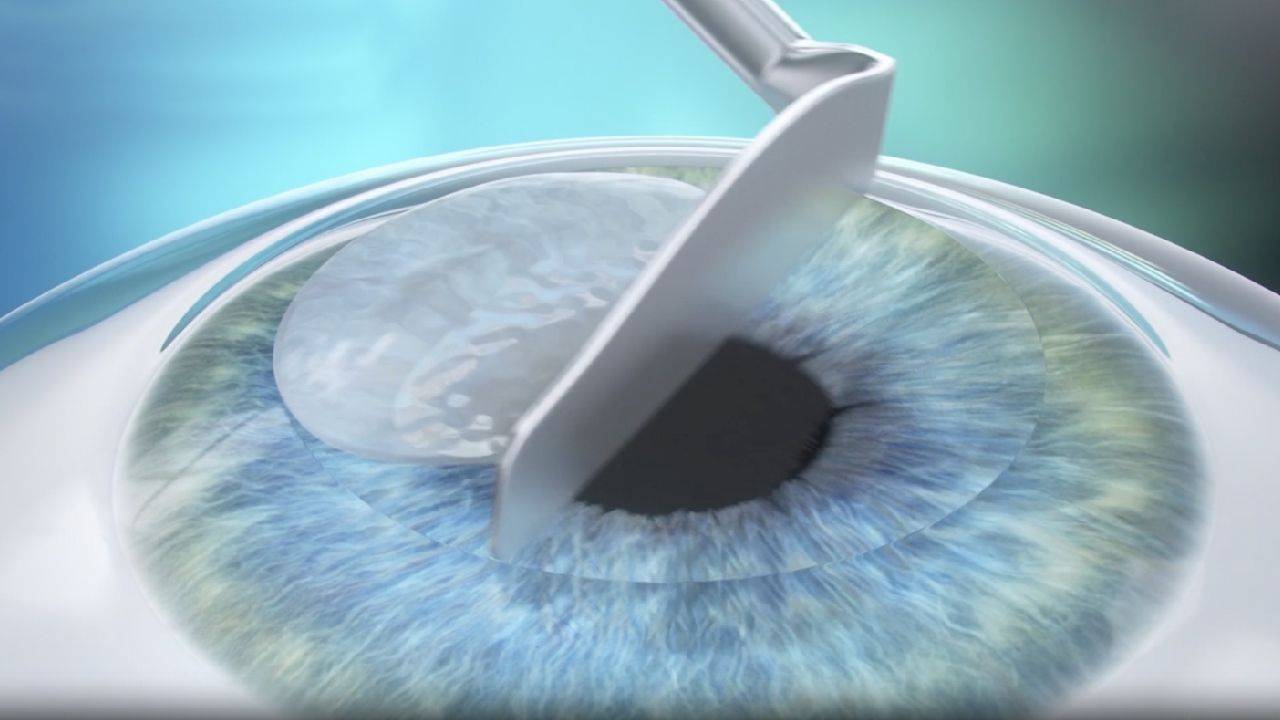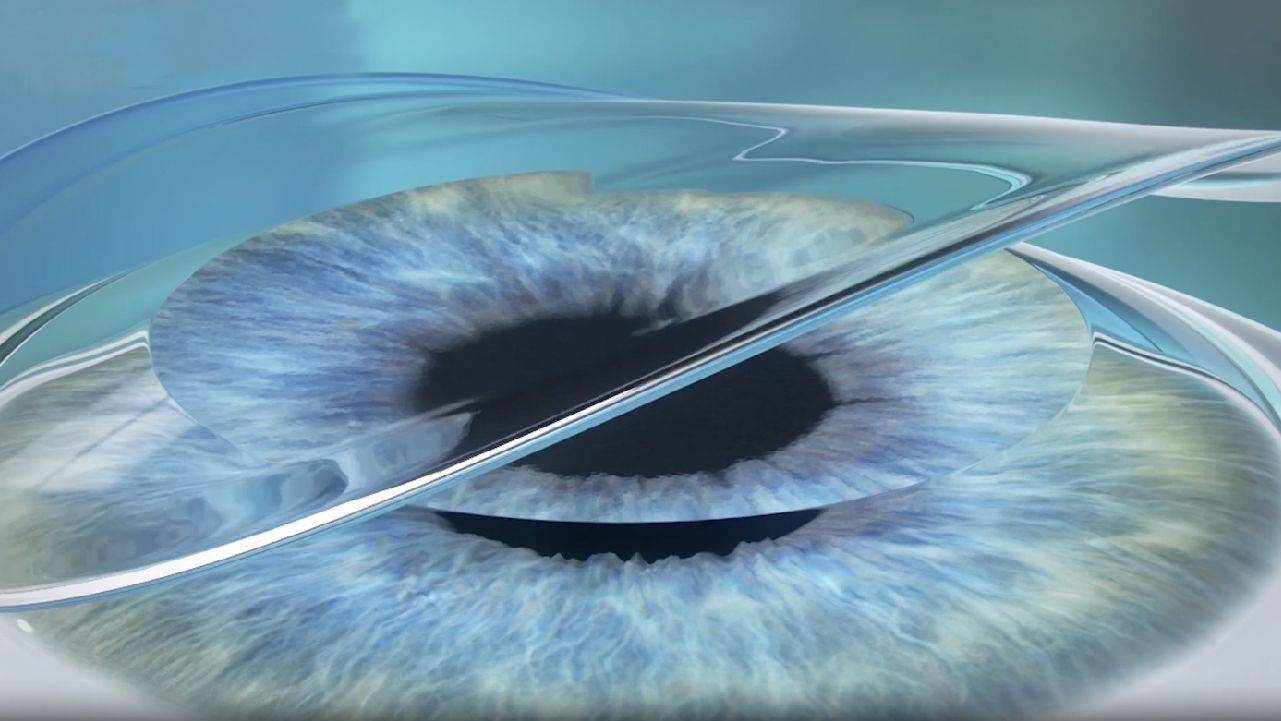TransPRK
LASER REFRACTIVE TREATMENTS
What is TransPRK?
Transepithelial Photorefractive Keratectomy (TransPRK) is a surface-based flapless LVC procedure to correct myopia (nearsightedness) hyperopia (farsightedness), and astigmatism.
In TransPRK, the first layer of the cornea (epithelium) is removed with a laser. The laser then concentrates a cool beam of ultraviolet light and sends high-energy pulses to reshape the corneal stroma.
After the cornea has been reshaped, high oxygen-permeability contact lenses are placed on the eyes to act as a bandage for about 5 days. These contact lenses provide protection to the eyes and reduce discomfort during the recovery process. The lenses are typically removed 5 days post-surgery. During this recovery period, the epithelium heals, and most people can recover about 80% of the vision and return to work after 1 week.
How Does It Work?

Step 1: Dissolving the Surface Cells
Numbing eye drops are applied to dissolve the outermost surface epithelium cells.

Step 2: Removing the Surface Cells
The laser removes the outermost layer of cells. No surgical equipment or suction rings touch the eyes.

Step 3: Reshaping the Cornea
The laser goes on to reshape the cornea, thus correcting the refractive error in one seamless step.

Step 4: Bandage Contact Lens
A bandage contact lens with high oxygen permeability is then placed over the treated area to protect it during recovery. It will be removed after 5 days.











